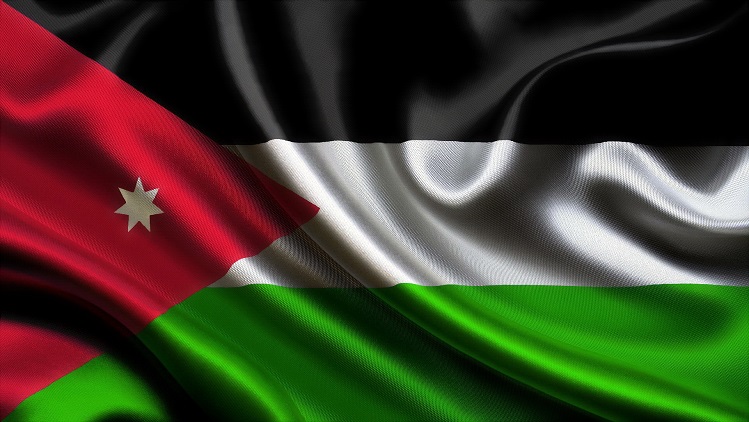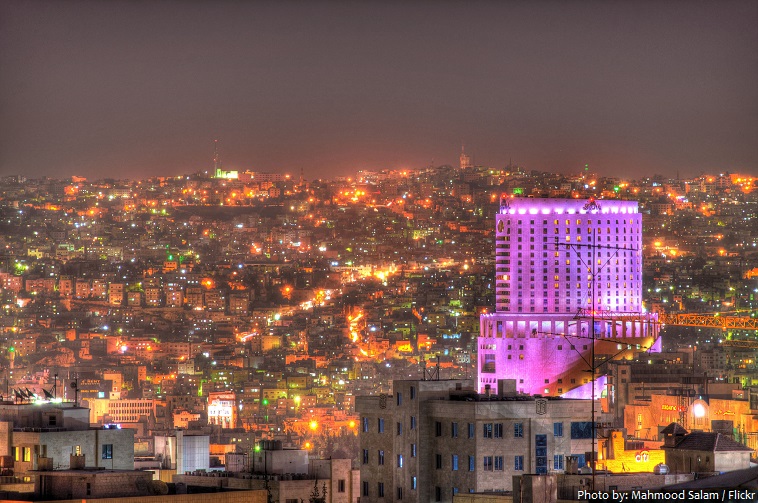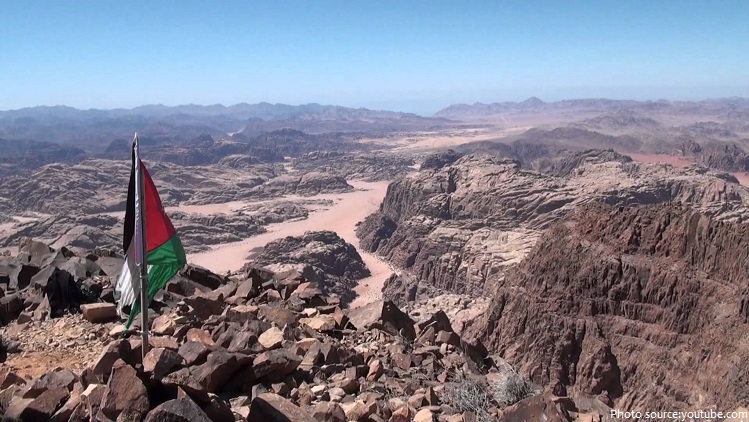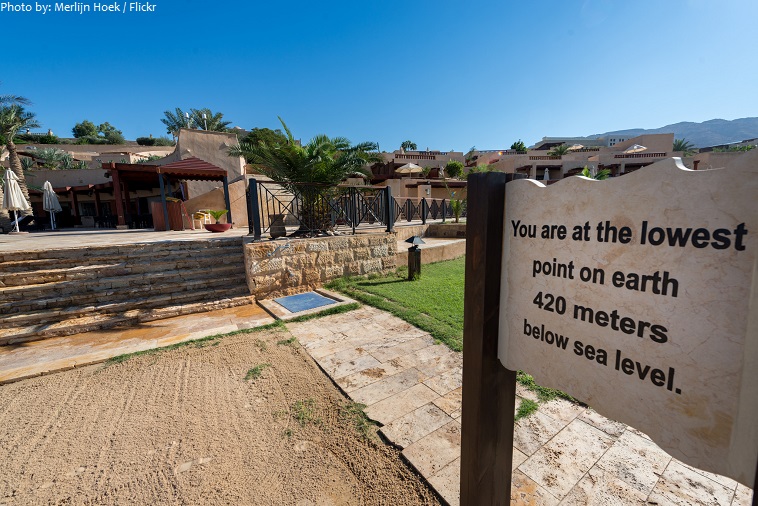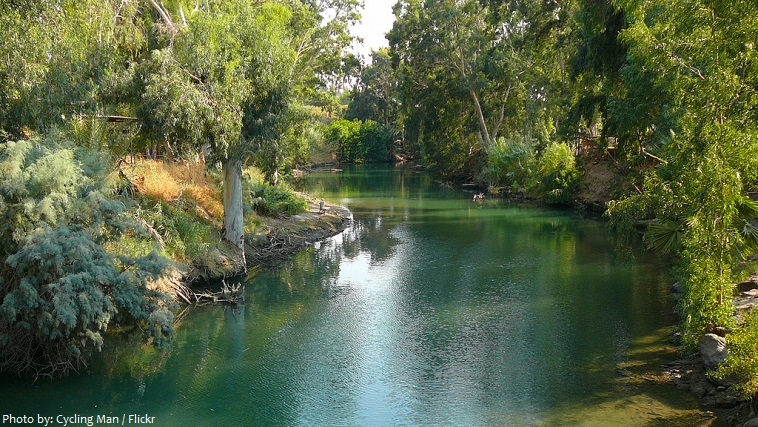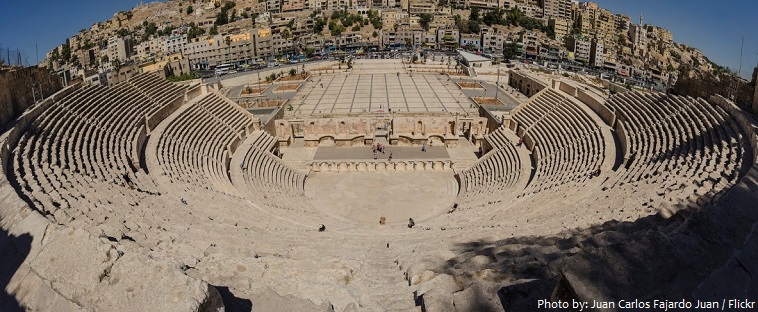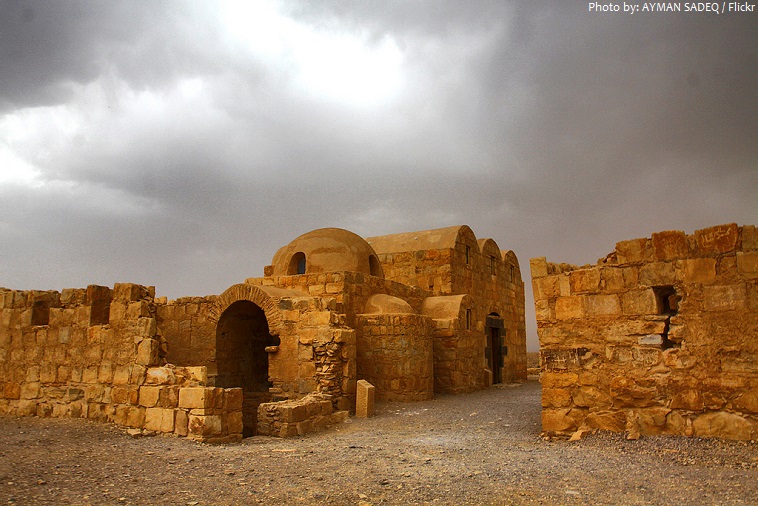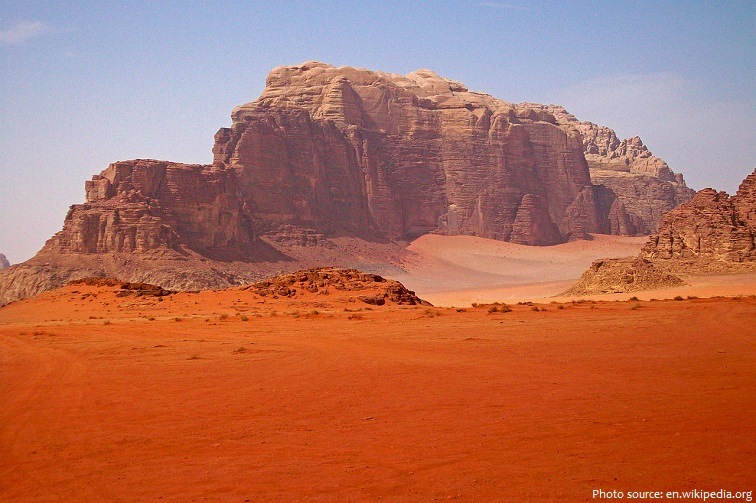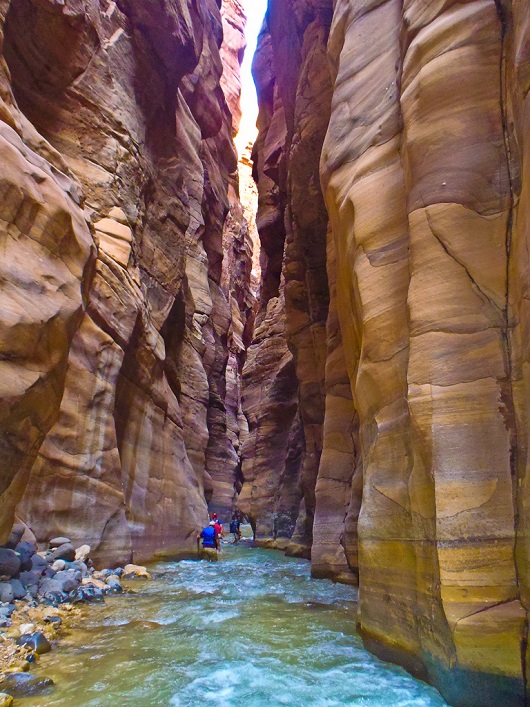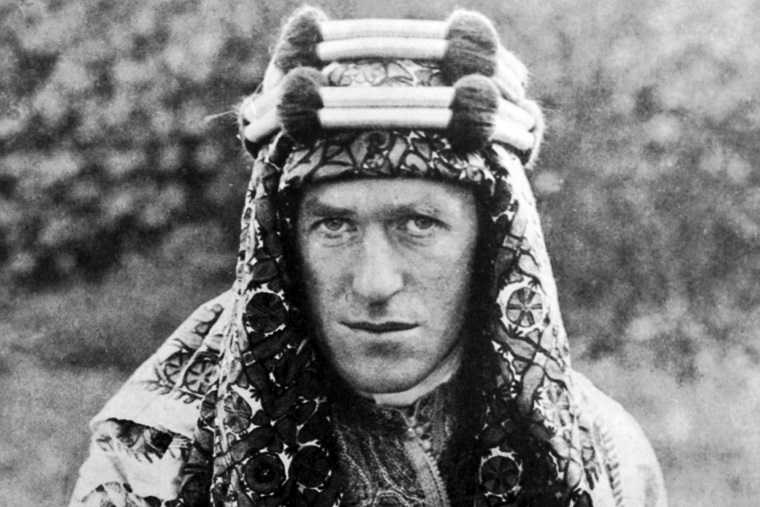Jordan is an Arab kingdom in Western Asia, on the East Bank of the Jordan River.
The official name of the country is the Hashemite Kingdom of Jordan.
Jordan is bordered by Saudi Arabia to the east and south, Iraq to the north-east, Syria to the north, Israel, Palestine and the Dead Sea to the west and the Red Sea in its extreme south-west.
The official language is Arabic.
As of 1 January 2016, the population of Jordan was estimated to be 7,734,377 people.
Jordan has a total area of 89,341 square kilometers (34,495 square miles).
Amman is the capital and most populous city of Jordan, and the country’s economic, political and cultural center. Today, Amman is considered to be among the most liberal and westernized Arab cities.
Located on desert plateaus in southwest Asia, Jordan is almost landlocked but for a short coast on the Gulf of Aqaba. Arid hills and mountains make up most of the country. The southern section of the Jordan River flows through the country.
At 1,854 meters (6,083 feet) above sea level, Jabal Umm ad Dami is the highest mountain in Jordan.
The lowest point on Earth in terms of dry land is the shore of the Dead Sea, shared by Jordan, Israel, and Palestine (420 meters / 1,378 feet below sea level).
Jordan is home to many biblical sites including, among others, the Jordan River [photo below] where Jesus was babtised by John the Baptist, Mount Nebo where Moses died, as well as the sinful cities of Sodom and Gomorrah.
Jordan has 5 UNESCO world heritage sites.
Jordan is home to the ancient city of Petra. Known as “The Rose City” it is famous for its unique architecture carved directly into the rock face. It is also a UNESCO World Heritage Site and one of the New 7 Wonders of the World.
Jerash is the second most popular cities visited by the tourists after Petra. According to historical records Jerash has been inhabited since 3200 BC to 1600 AD Jerash city is divided into two, old city and new city. Old city is a city which is the ancient Roman heritage building. While the new cityatau new town is where the population now lives Jordan.
Amman’s Roman Theatre is a 6,000-seat, 2nd-century Roman theatre. A famous landmark in the Jordanian capital, it dates back to the Roman period when the city was known as Philadelphia. The city was named after Ptolemy Philadelphus (283-246 BC).
Qasr Amra is the best-known of the desert castles located in present-day eastern Jordan. It was built early in the 8th century, some time between 723 and 743, by Walid Ibn Yazid, the future Umayyad caliph Walid II, whose dominance of the region was rising at the time. It is considered one of the most important examples of early Islamic art and architecture.
Wadi Rum also known as the Valley of the Moon is a valley cut into the sandstone and granite rock in southern Jordan 60 kilometers (37 miles) to the east of Aqaba; it is the largest wadi (Arabic and Hebrew term traditionally referring to a valley) in Jordan. Ancient riverbeds, vast pastel-coloured stretches of sandy desert and amazing rock formations known as jebels form the incredible landscape of Wadi Rum.
Measuring 500 meters (1,640 feet) in depth and spanning 4 kilometers (2.5 miles) across, the impressive Wadi Mujib canyon is one of Jordan’s most remarkable natural features. Located along the King’s Highway and close to the east coast of the Dead Sea, the dramatic canyon features sheer rocky walls and sparkling waterways that range from puddle height to depths that are perfect for swimming trails.
In biblical times, the country that is now Jordan contained the lands of Edom, Moab, Ammon, and Bashan. Together with other Middle Eastern territories, Jordan passed in turn to the Assyrians, the Babylonians, the Persians, and, about 330 B.C. , the Seleucids.
In A.D. 106 it became part of the Roman province of Arabia and in 633–636 was conquered by the Arabs. In the 16th century, Jordan submitted to Ottoman Turkish rule and was administered from Damascus.
T. E. Lawrence, better known as Lawrence of Arabia, closely advised leaders of the Great Arab Revolt in Jordan during World War I. The revolt culminated in the surprise attack and defeat of the Turkish forces at the Battle of Aqaba, led from nearby Wadi Rum.
In 1923, after the dissolution of the Ottoman Empire, Jordan (formerly known as Transjordan) was designated a British mandate. Independence came in 1946.
Abdullah II bin Al-Hussein has been King of Jordan since 1999 upon the death of his father King Hussein.
The national dish of Jordan is Mansaf. It is a traditional dish made of lamb cooked in a sauce of fermented dried yogurt called Jameed and served with rice or bulgur.
In Jordan it is polite to refuse the offer of a meal three times before accepting.
The World Bank labels Jordan an “upper middle income country,” and its economy has grown slowly but steadily at about 2 to 4% per year over the past decade. The kingdom has a small, struggling agricultural and industrial base, due in large part to its shortages of fresh water and oil.
The Arabian oryx is the national animal of Jordan.
The official national bird of Jordan is the Sinai rosefinch.
Black iris is the national flower of Jordan and can be found all across the country.
Jordan is named after the Jordan River.
